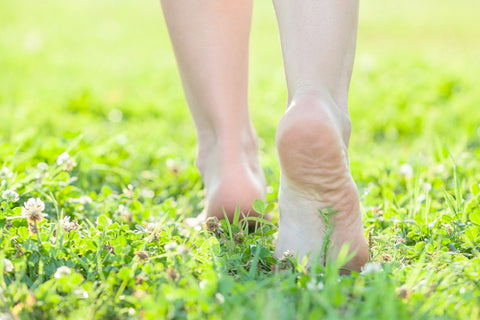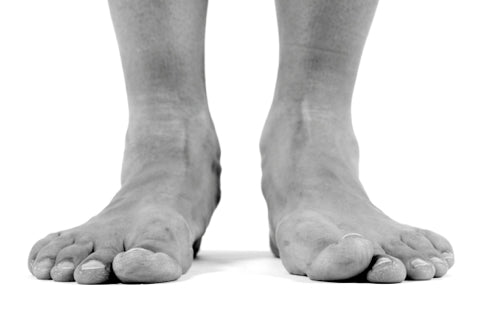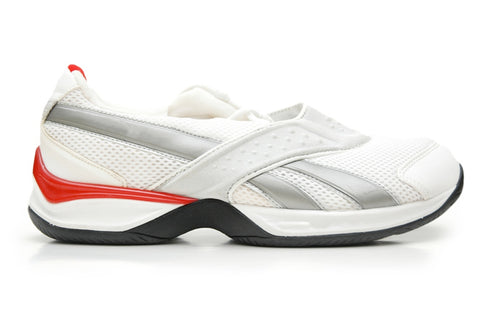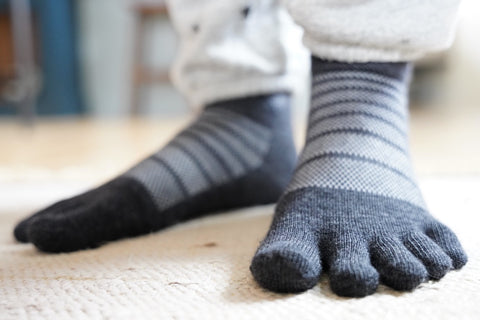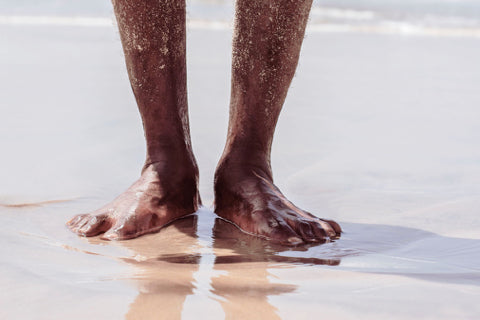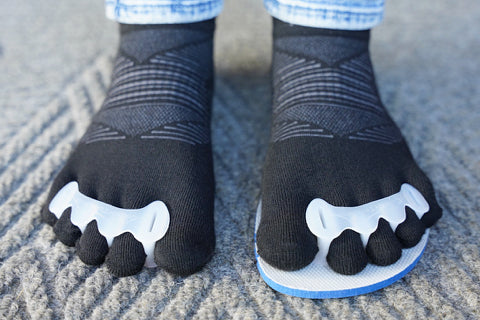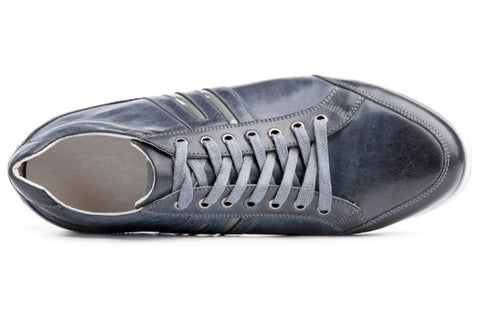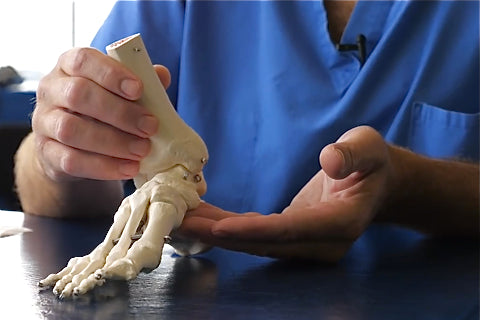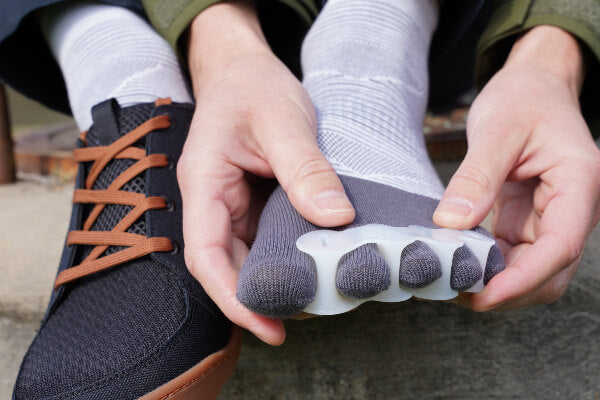Correct Toes & Orthotics
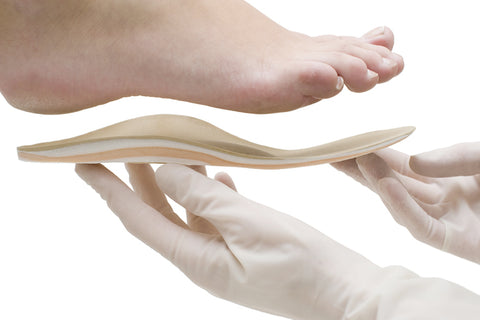 Correct Toes eliminates the need for conventional orthotics in most people by enabling the foot arch (i.e., the medial longitudinal arch) to support itself. In general, we DO NOT recommend wearing Correct Toes in combination with orthotics; we instead recommend weaning yourself off orthotics—slowly and progressively—when introducing Correct Toes. Correct Toes toe spacers are, by definition, an orthotic, though conventional custom orthotics are placed under your foot arch (instead of...
Read more
Correct Toes eliminates the need for conventional orthotics in most people by enabling the foot arch (i.e., the medial longitudinal arch) to support itself. In general, we DO NOT recommend wearing Correct Toes in combination with orthotics; we instead recommend weaning yourself off orthotics—slowly and progressively—when introducing Correct Toes. Correct Toes toe spacers are, by definition, an orthotic, though conventional custom orthotics are placed under your foot arch (instead of...
Read more

